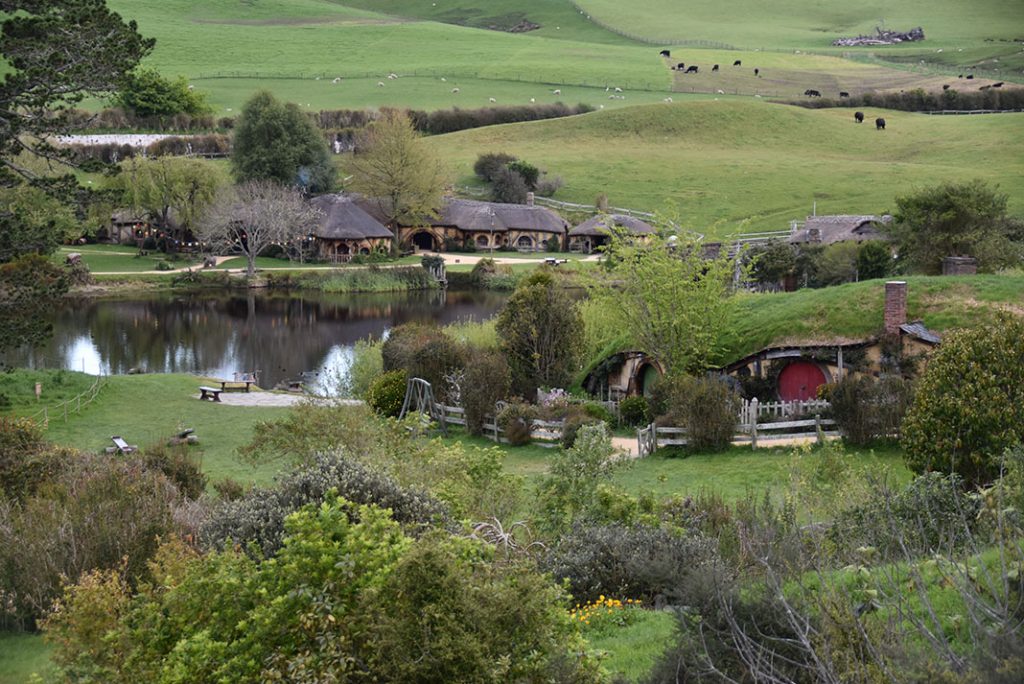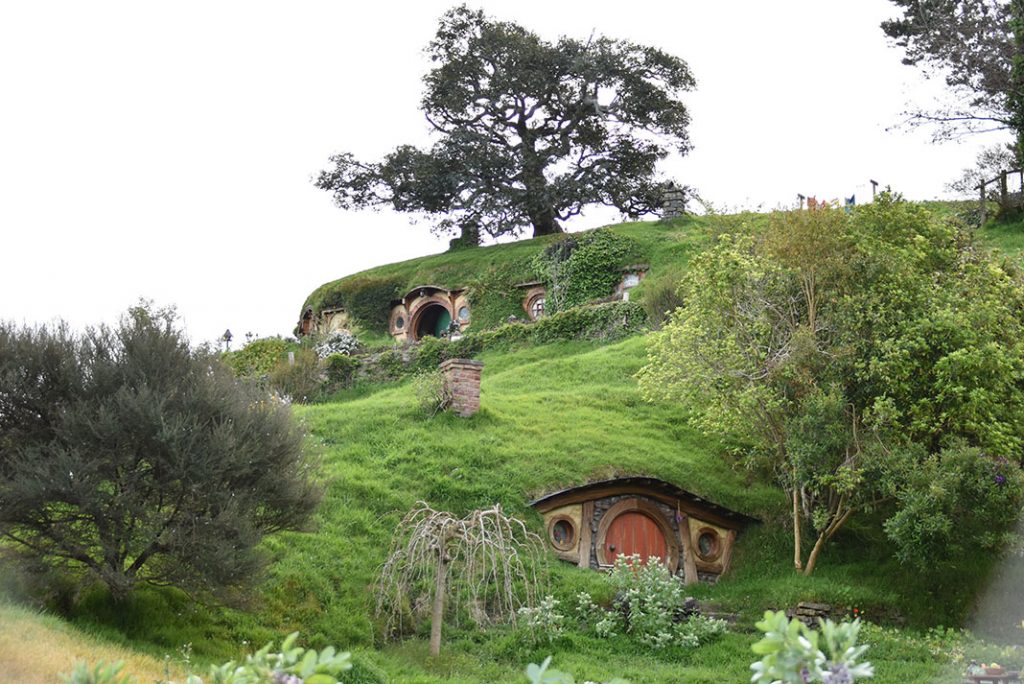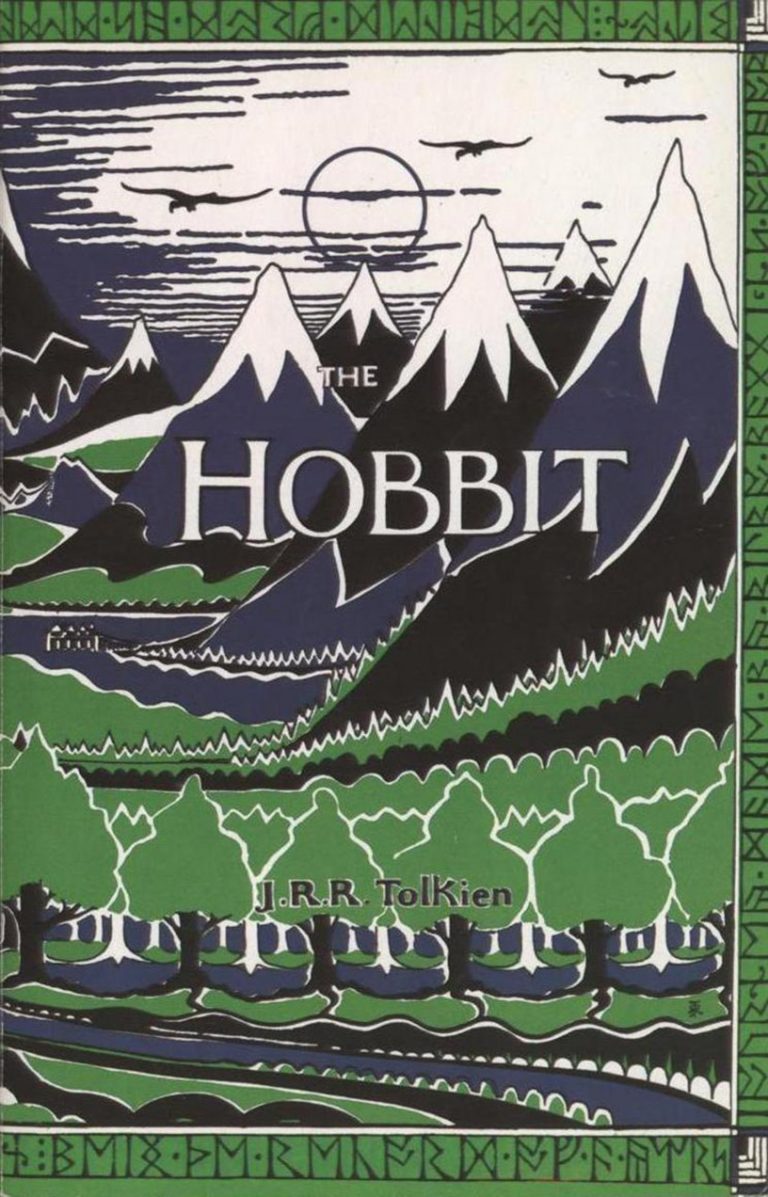book review
The Hobbit
written by
J.R.R Tolkien
review by
todd kuchel


review
During The Hobbit, Tolkien’s prequal to The Lord of the Rings, Bilbo Baggins acquired a magic ring that, as far as he was aware, does little more than make him invisible when fitted to his finger.
Sixty-years later, in The Lord of the Rings, we discover that it is in fact the One Ring, created by the Dark Lord Sauron in the second age and used to enslave the free peoples of middle-earth until his defeat by Isildure’s hand.
But while Sauron’s physical form was destroyed, his spirit endured within this ring.
After failing his one chance to destroy the ring, Isildure was betrayed to his death and for almost 3,000 years The Ring fell from knowledge, until it was picked up by Bilbo in Gollum’s cave.
Sauron is regaining his former strength but cannot yet take physical form.
All he needs to return and cover Middle-Earth in darkness is that One Ring, which Bilbo has entrusted to his nephew Frodo.
When the identity of this ring is revealed, Frodo is forced to flee the Shire to evade Sauron’s evil servants and embark on one of the most epic adventures in history.
After the success of The Hobbit in 1937, J. R. R. Tolkien was immediately asked to write this sequel.
He was an extremely busy man, working as a professor of English Language and Literature at Oxford University and contributing to the Oxford dictionary.
He spent twelve years writing in his spare time to create not only The Lord of the Rings, but the entire elvish language and extended works of Middle-Earth.
When Tolkien passed away, he left behind various notes and unfinished projects.
Fortunately, his son, Christopher devoted his life to protecting his father’s legacy and was able to compile his father’s work and see them published.
These included The Silmarillion, The Unfinished tales of Númenor and Middle-earth, and The History of Middle-Earth – which is a series of twelve novels.
These days some critiques suggest that Tolkien’s work may not have been accepted by publishers today.
Lucky for us, the publishers of old had far more imagination when it came to deciding which books to represent.
In 1936, Stanley Unwin of Allen & Unwin believed that children were the best judges of children’s literature, so, in exchange for a shilling, employed his son, Rayner to read books and produce a one-page report of each one, stating its quality and audience.
For the Hobbit he wrote something along the lines of, “It is good and should appeal to all children between the ages of 5 and 9.”
When I hear that Tolkien’s work may not have been published today, I can’t help but feel that things have changed for the worse.
Just imagine if Mr Unwin had just said no and tossed it aside!
Not two months ago, I was at the Hobbiton movie set in Matamata, New Zealand, walking amongst the Hobbit holes with a small group of excited fans who had travelled from all over the world just to experience a part of this Middle-Earth.
The admiration for these stories is truly incredible, and it all began with the words, “In a hole in the ground, there lived a Hobbit.”




